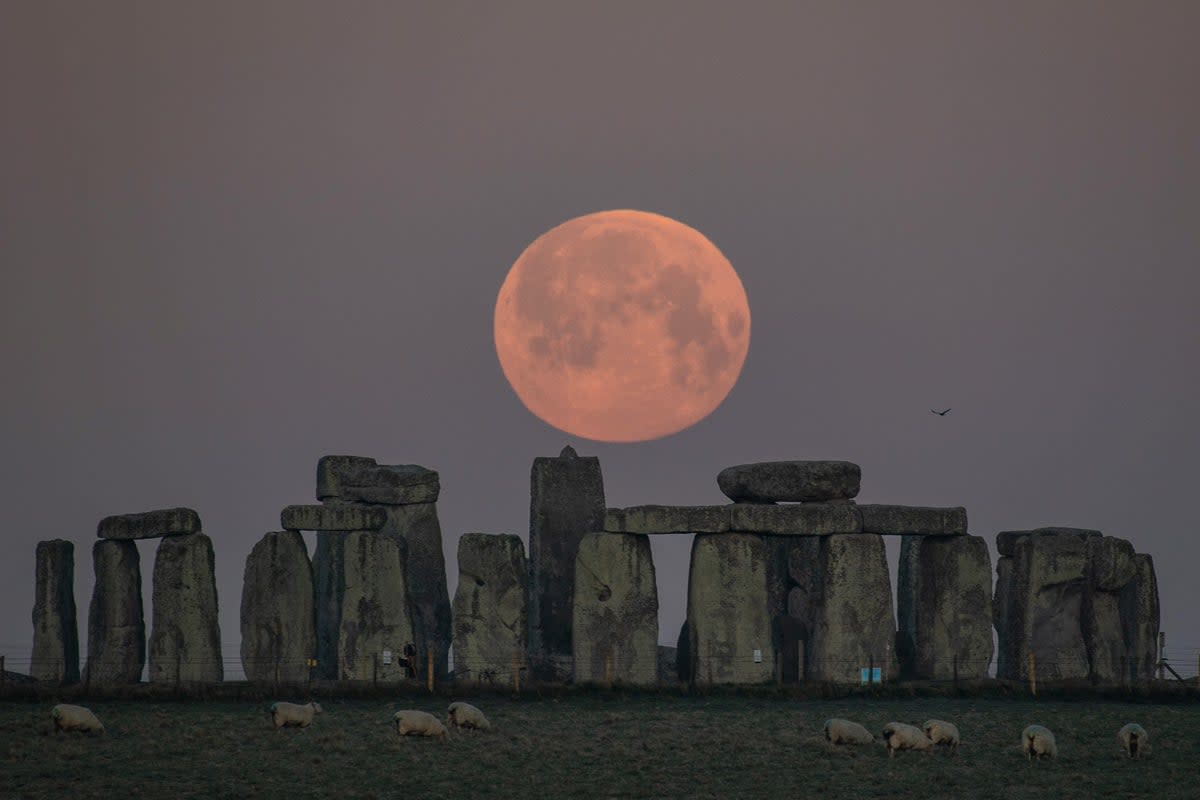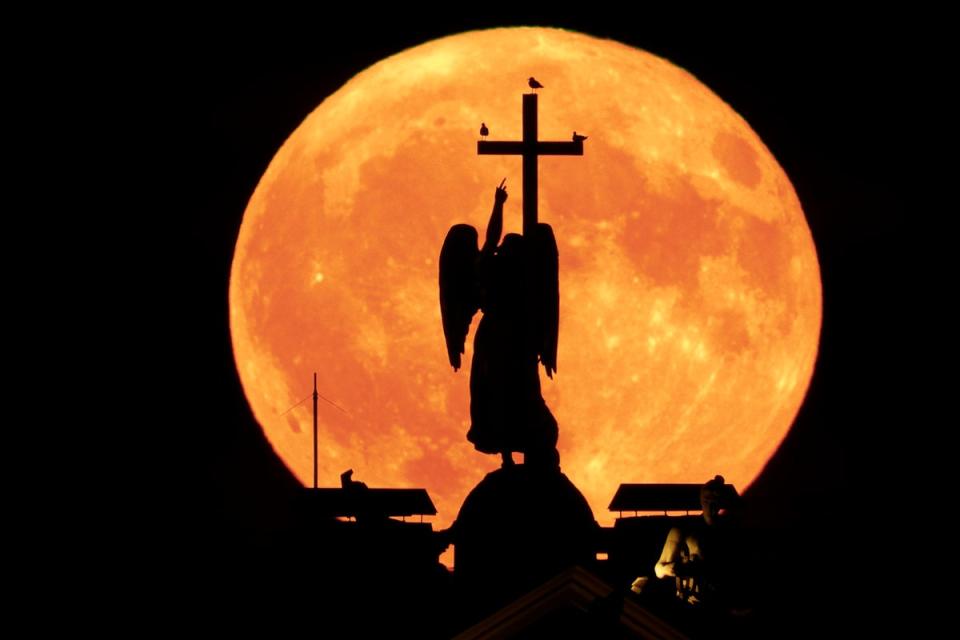June full Moon to appear in rare Solstice spectacle

The full Moon in June will coincide with the Summer Solstice, offering only a brief chance to see the celestial spectacle known as the Strawberry Moon.
The longest day of the year falls on Thursday, 20 June, with the full Moon arriving in the early morning of Saturday, 22 June – though it will appear full in the night sky for three days either side of that date.
Weather in the UK is relatively favourable for seeing this month’s full Moon, with northerly cities like Newcastle and Edinburgh offering the best chance of clear skies.
Rising light pollution means a new travel trend known as astro-tourism is also gaining popularity as people seek to view the night sky in the best conditions.
“Beyond its radiant beauty, many marvel at the full Moon as the embodiment of shared experience around the world, transcending generations,” said Daniel Hasselbach, a manager at Bokun.
“This moon, in particular, dubbed the ‘Strawberry Moon’, is the first full Moon of the summer season. Its name is derived from Native Americans who associated it with the time of year when strawberries are ripe for harvesting.”

Some planets will also be visible in the night sky around this time, as well several notable stars and constellations.
Nasa notes that as this lunar cycle progresses, the stars will appear to shift westward each evening as the Earth moves around the Sun.
“On the evening of Friday, 21 June, 2024, the bright planets Venus and Mercury will be below the horizon, with Venus setting 21 minutes and Mercury setting 43 minutes after sunset,” the US space agency notes on its website.
“Mercury may be visible from about 30 minutes after sunset until it sets 13 minutes later. The bright object appearing closest to overhead will be the star Arcturus at 69 degrees above the south-southwestern horizon. Arcturus is the brightest star in the constellation Boötes the herdsman or ploughman.”


